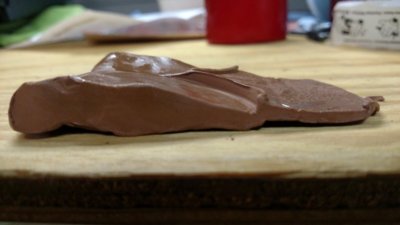TN Mopar
Well-Known Member
I am hoping some of you will be able to tell me what the largest cam I can go with is
I do have the measurements of my current cam and block
440 Block pistons are Speed Pro L2355 30 over with fly cuts and are .029 in the hole
Current cam is the 509 Purple shaft
When I measured the piston to valve clearance, I got 0.120 clearance without gaskets
I use the metal shim 0.020 gaskets
Auto trans
906 heads lightly shaved
with plans for aluminum heads soon
What is the largest mechanical cam I can go with, without having clearance issues?

I do have the measurements of my current cam and block
440 Block pistons are Speed Pro L2355 30 over with fly cuts and are .029 in the hole
Current cam is the 509 Purple shaft
When I measured the piston to valve clearance, I got 0.120 clearance without gaskets
I use the metal shim 0.020 gaskets
Auto trans
906 heads lightly shaved
with plans for aluminum heads soon
What is the largest mechanical cam I can go with, without having clearance issues?

Last edited:
















